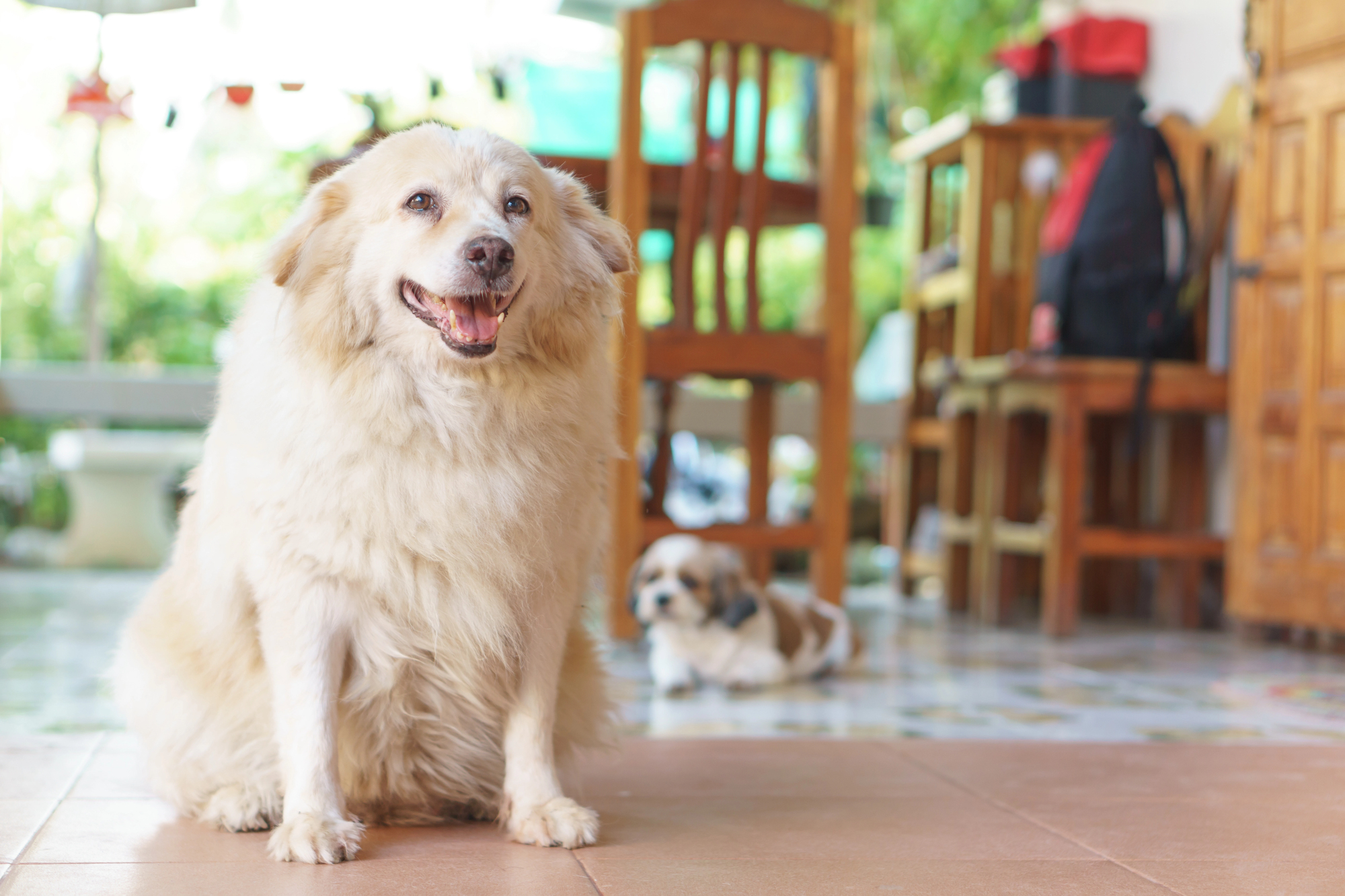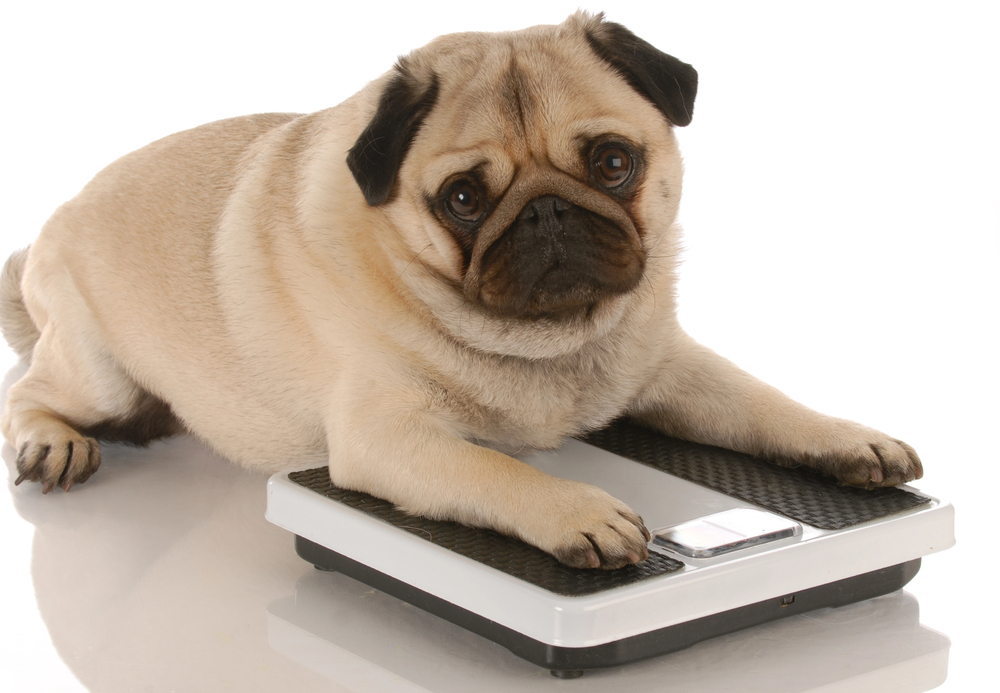
Maintaining a healthy weight is crucial for the overall well-being of dogs. Just like in humans, excess weight can lead to various health issues, reduce quality of life, and shorten lifespan. Weight management involves more than just feeding your dog the right amount; it encompasses diet, exercise, and regular veterinary check-ups. This article will explore the importance of weight management in dogs, the risks of obesity, and practical strategies for maintaining a healthy weight.
Why Weight Management Matters
1. Health Risks Associated with Obesity
Obesity in dogs is defined as an excess of body fat that can lead to numerous health complications, including:
- Joint Problems: Extra weight places additional stress on joints, leading to conditions like arthritis. This can cause pain and mobility issues, significantly impacting a dog’s quality of life.
- Heart Disease: Overweight dogs are at a higher risk for cardiovascular The heart must work harder to pump blood, leading to increased strain and potential heart failure.
- Diabetes: Just like in humans, obesity can lead to insulin resistance and diabetes in dogs, necessitating a lifelong commitment to insulin therapy and dietary management.
- Respiratory Issues: Excess weight can compromise the respiratory system, leading to difficulties in breathing, especially during exercise or in hot weather.
- Reduced Lifespan: Studies show that overweight dogs tend to live shorter lives than their leaner counterparts, often due to the aforementioned health complications.
2. Quality of Life
A healthy weight contributes to a better quality of life for dogs. Overweight dogs may struggle with daily activities such as walking, playing, and even grooming themselves. A dog at a healthy weight is more likely to be active, engage in play, and enjoy a higher level of social interaction. This can lead to improved mental health and overall happiness.
3. Behavior and Training
Weight can also affect a dog’s behavior. Overweight dogs may be lethargic, which can make training and socialization more challenging. Additionally, some behavioral issues can be exacerbated by discomfort or pain caused by excess weight. A well-managed weight often leads to a more energetic and eager-to-learn dog.
Understanding Your Dog’s Weight
1. Body Condition Scoring
To assess whether your dog is at a healthy weight, veterinarians often use a body condition score (BCS) system, which ranges from 1 (emaciated) to 9 (obese). A score of 4 or 5 typically indicates a healthy weight. Key indicators of a healthy weight include:
- Rib Visibility: You should be able to feel your dog’s ribs easily without excessive pressure.
- Waist Definition: When viewed from above, your dog should have a noticeable waist.
- Abdominal Tuck: From the side, your dog’s belly should tuck up behind the ribcage.
2. Factors Affecting Weight
Several factors influence a dog’s weight, including:
- Breed: Some breeds are more prone to obesity than For example, Labrador Retrievers and Dachshunds are often more susceptible to weight gain.
- Age: As dogs age, their metabolism slows down, making weight management increasingly important.
- Activity Level: Dogs that are more active tend to maintain a healthier Daily exercise is essential for all dogs, regardless of their size.

Strategies for Weight Management
1. Balanced Diet
A balanced diet is crucial for weight management. Consider the following:
- Quality of Food: Choose high-quality dog food that lists meat as the first ingredient and avoids fillers like corn and soy.
- Portion Control: Measure your dog’s food to ensure you’re not Follow your veterinarian’s recommendations regarding serving sizes.
- Healthy Treats: Limit treats to no more than 10% of your dog’s daily caloric Opt for healthier options like carrots or apple slices.
2. Regular Exercise
Regular physical activity is essential for maintaining a healthy weight. Aim for at least 30 minutes of exercise per day for most dogs. Activities can include:
- Walking: Daily walks are a great way to provide physical activity while also allowing for mental stimulation through scent exploration.
- Playtime: Engage in interactive games like fetch or tug-of-war to keep your dog active and entertained.
- Training Sessions: Incorporate training sessions that require movement, such as agility exercises, to combine learning and physical activity.
3. Regular Veterinary Check-ups
Regular check-ups with your veterinarian can help monitor your dog’s weight and health. Your vet can provide personalized recommendations based on your dog’s age, breed, and overall health. They can also help identify any underlying health issues that may contribute to weight gain.
4. Monitoring Progress
Keep track of your dog’s weight and body condition score regularly. Use a calendar or a weight-tracking app to record changes. This information can help you adjust your dog’s diet and exercise routine as needed.
FAQs About Dog Weight Management
Q1: How do I know if my dog is overweight?
A: Use the body condition score (BCS) system to assess your dog’s weight. If your dog has an excessive amount of fat covering the ribs, lacks a waist, and has a sagging belly, they may be overweight.
Q2: What should I feed my dog for weight management?
A: Consult your veterinarian for specific recommendations, but generally, look for high-quality dog food with real meat as the first ingredient and minimal fillers. Consider weight management formulas if needed.
Q3: Can I feed my dog table scraps?
A: While some human foods are safe for dogs, many can be high in calories and fat. It’s best to avoid table scraps and stick to dog-specific treats in moderation.
Q4: How much exercise does my dog need?
A: Most dogs require at least 30 minutes of exercise daily. However, this can vary based on breed, age, and health. Consult your veterinarian for tailored advice.
Q5: What if my dog refuses to exercise?
A: If your dog is reluctant to exercise, consider trying different activities to see what they enjoy. Short, frequent walks or interactive play may be more appealing. Consult a veterinarian if exercise remains a challenge.
Q6: Can obesity be reversed in dogs?
A: Yes, with proper diet, exercise, and veterinary guidance, many overweight dogs can achieve a healthy weight. It’s essential to make gradual changes to avoid stress on their body.
Q7: How can I help my dog lose weight safely?
A: Gradual weight loss is safest. Aim for 1-2% of their body weight per week. Consult your vet for a tailored weight loss plan that includes calorie reduction and increased physical activity.
Q8: Are certain breeds more prone to obesity?
A: Yes, some breeds, such as Labrador Retrievers, Beagles, and Pugs, are more prone to obesity. Regular monitoring and proactive weight management are essential for these breeds.
Conclusion
Weight management in dogs is a vital aspect of their health and well-being. By understanding the risks associated with obesity, recognizing the signs of excess weight, and implementing effective strategies for diet and exercise, dog owners can significantly improve their pets’ quality of life. Regular veterinary check-ups and monitoring progress will further ensure that your dog remains at a healthy weight, allowing them to live a long, happy, and active life. By prioritizing weight management, you not only enhance your dog’s health but also strengthen the bond you share through play, training, and companionship.
